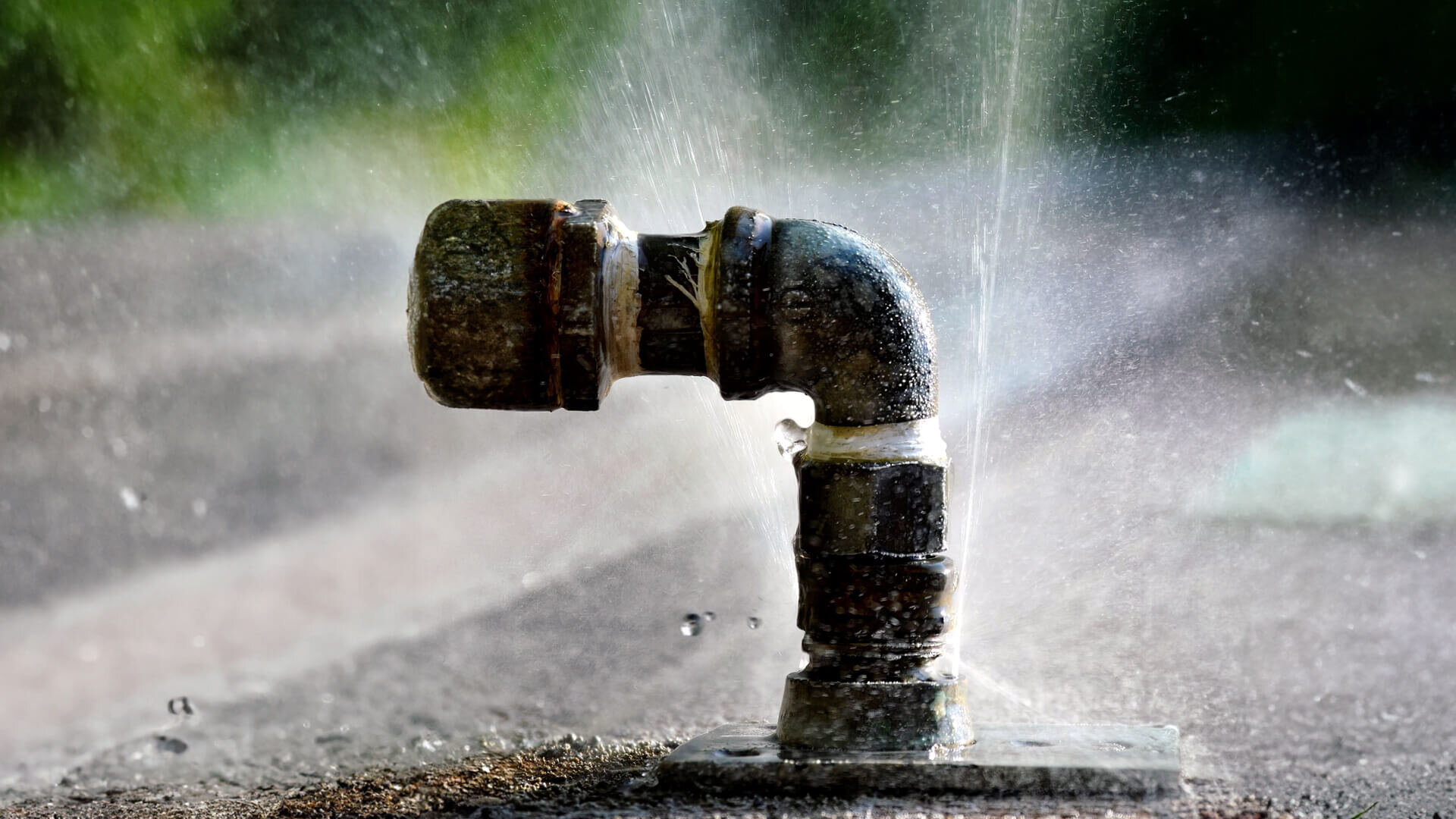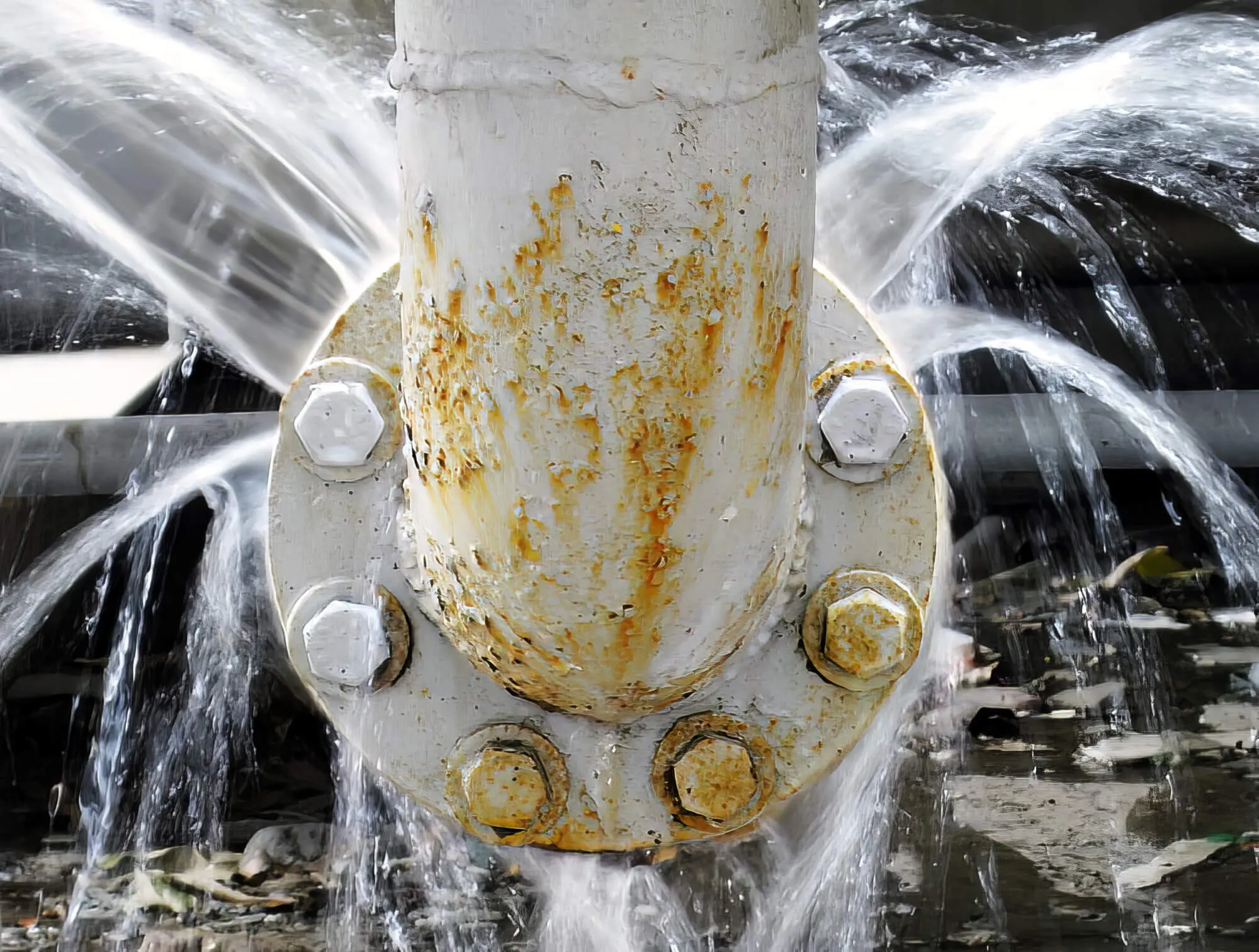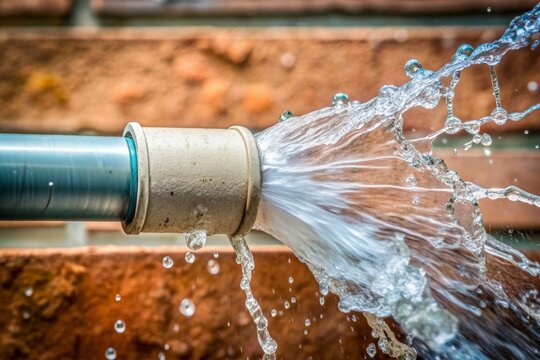Burst Pipe Insurance Claims: What You Need to Know for Water Damage Coverage
Burst Pipe Insurance Claims: What You Need to Know for Water Damage Coverage
Blog Article
Stopping Ruptured Piping: Important Tips to Protect Your Pipes
Protecting against ruptured pipes is an essential problem for house owners, particularly during cooler months when the threat of freezing is increased. Applying critical procedures such as proper insulation, routine examinations, and maintaining consistent interior temperatures can significantly lower the probability of pipeline failure.
Understand Pipeline Vulnerabilities
Comprehending pipe susceptabilities is essential for efficient pipes maintenance and preventing costly damages. A number of factors add to the susceptibility of pipelines to ruptureds, including material structure, age, and environmental problems. Older pipelines, particularly those made from galvanized steel or polybutylene, commonly break down over time, bring about raised threat of tears and leaks.
Temperature level fluctuations can additionally considerably effect pipe stability. In cooler climates, water trapped in pipelines can freeze, broadening and applying stress on the pipe walls, which might eventually result in a ruptured. High water pressure can strain pipelines, particularly at bends and joints, enhancing the likelihood of failing.

Insulate Piping Correctly
Proper insulation of pipes is crucial for avoiding freezing and succeeding ruptureds throughout winter (burst pipe). Protecting your pipes system properly safeguards versus temperature level drops that can cause pricey damages. Begin by determining prone locations where pipelines are exposed to outdoor temperature levels, such as basements, attic rooms, and outside wall surfaces
Use foam pipeline insulation sleeves or wrap insulation tape around these areas to provide a safety barrier. Make certain that all areas of the pipelines, especially those with limited heat exposure, receive adequate insulation. Pay unique focus to joints and fittings, as these are extra susceptible to cold.
When protecting, it's important to pick products that meet regional structure codes and are proper for the details setting. Fiberglass insulation is typically recommended for its thermal resistance residential or commercial properties. Additionally, take into consideration using warmth cables or tape in extreme problems, which can be plugged in to offer supplemental warmth
Regularly examine insulated pipelines for any type of signs of wear or damage, as jeopardized insulation can decrease its performance. By taking these positive measures, you substantially minimize the risk of pipe bursts, making certain a reliable pipes system throughout the wintertime months.
Maintain Constant Temperature Level
A secure interior temperature is essential for avoiding burst pipelines throughout the frigid months. When temperature levels decrease, water within pipelines can ice up, expanding and producing stress that might eventually cause the pipes to ruptured.Using a programmable thermostat can help handle Our site indoor temperature levels successfully, ensuring that rooms with plumbing continue to be cozy even when the home is empty.
This small flow of water can protect against freezing by alleviating pressure within the pipelines. By executing these techniques, house owners can substantially lower the threat of pipeline bursts and guard their plumbing systems against the extreme winter components.
On A Regular Basis Check Pipes
Normal inspections of pipes systems are vital for avoiding ruptured pipelines and preserving general home stability. Throughout these examinations, it is essential to analyze visible pipelines for indications of corrosion, leaks, Clicking Here or put on.
In addition, evaluating joints and links is essential, as these points are usually susceptible to leaks. Home owners should likewise assess water stress degrees, as too much stress can strain the plumbing system and boost the danger of pipe bursts.
Take into consideration scheduling professional pipes evaluations a minimum of yearly, especially prior to wintertime, to guarantee your system is planned for colder temperatures. Normal examinations not just aid in recognizing instant issues however additionally foster lasting maintenance strategies that can enhance the lifespan of your plumbing system. By being positive in your technique, you can secure your home versus the turbulent and costly repercussions of ruptured pipelines. Prioritizing plumbing browse around this web-site inspections is a financial investment in your home's health and wellness.
Know Emergency Procedures
Understanding emergency treatments is crucial for every house owner, particularly after performing regular plumbing assessments. Being prepared for a plumbing emergency situation can dramatically mitigate damage and conserve prices.
Following, keep essential devices handy. A pipes emergency situation kit ought to include a wrench, plunger, and towels, as well as a flashlight and a pail for tiny leaks. Additionally, take into consideration having the get in touch with info for a relied on plumber easily available, must the circumstance intensify beyond your control.
If you identify a leakage or ruptured pipe, immediately transform off the supply of water and alert your plumbing technician. Additionally, document the damage with pictures for insurance coverage purposes. burst pipe. Recognize the indicators of possible plumbing concerns, such as uncommon water pressure changes or damp places on walls
Inevitably, positive expertise and speedy action are essential in managing pipes emergencies, guaranteeing your home continues to be secured and minimizing potential damage.

Conclusion
Finally, stopping ruptured pipelines demands a diverse technique that includes understanding pipeline susceptabilities, correct insulation, maintaining consistent interior temperatures, normal examinations, and understanding of emergency treatments. By applying these necessary techniques, the risk of pipes failings can be dramatically minimized, thus guaranteeing the durability and efficiency of the pipes system. Aggressive measures not just guard against potential damages but also contribute to general water preservation and the defense of residential property.
In colder environments, water entraped in pipelines can ice up, broadening and applying pressure on the pipe walls, which may ultimately lead to a burst. When temperatures decline, water within pipes can ice up, increasing and developing pressure that might eventually create the pipelines to ruptured. By executing these strategies, homeowners can significantly reduce the danger of pipeline bursts and guard their pipes systems against the severe winter months elements.

Report this page